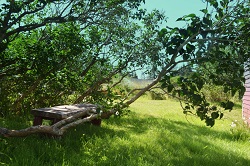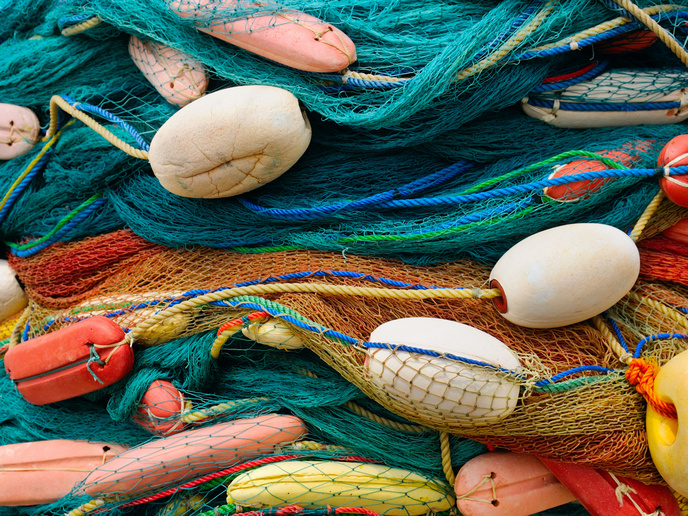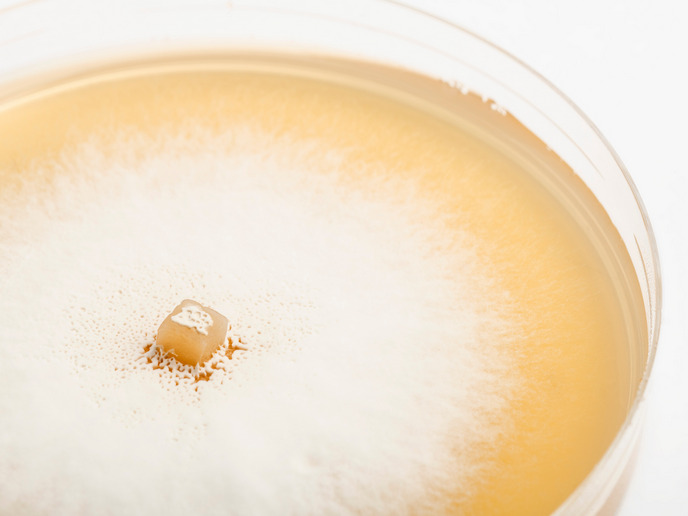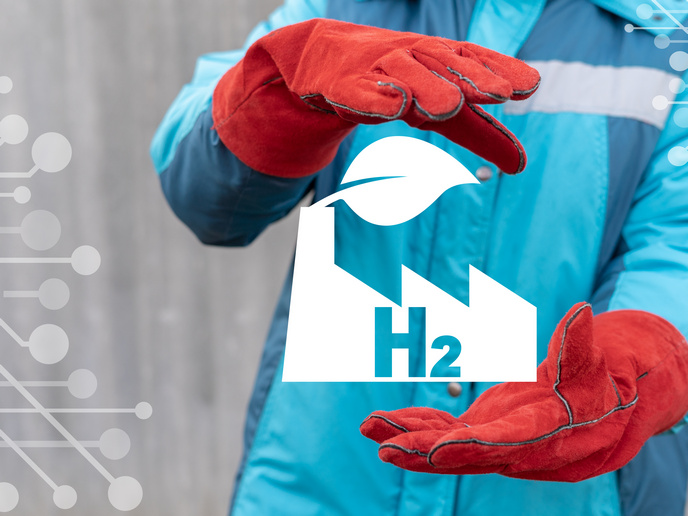Send a thief to catch a thief: learning from nature for multi-scale turbulent flows
Achieving sustainable development urgently requires new techniques to keep our manufacturing products and processes efficient and environmentally friendly. Design plays a vital role in the delivery of these necessary innovations, maximising energy inputs, as well as reducing pollutant outputs. Thankfully, nature shaped by the forces of evolution provides designers with templates from which to work. The EU-funded MULTISOLVE project looked precisely to the workings of nature - specifically fractal geometries - for inspiration in the quest to create a new class of multi-scale turbulent flows. What makes the results especially significant is their wide applicability across many industrial sectors such as mixing, aeronautical, automotive, power generation and wind engineering. The power of the fractal The scope of harnessing fractal geometries to control turbulence and flow has been demonstrated by research over the last decade. As one of the MULTISOLVE project team, and a key proponent of the approach, Professor Christos Vassilicos explains, ‘Put simply, with turbulent flows being themselves fractal, the underlying principle is to send a thief to catch a thief. Increased understanding of how fractal design influences flow, which we can observe all around us in nature, allows us to design accordingly, with known benefits in mind.’ Through this methodology, the team has been able to demonstrate both experimentally and computationally (through modelling), that it is possible to generate bespoke turbulence to increase the efficiency and effectiveness of a wide range of processes. One of the most promising areas for application is for mixing enhancement. This is significant, as Professor Vassilicos points out, because, ‘People don’t realize just how pervasive mixing is in our industries, whether it be in chemical reactors, bio reactors or combustion. Its range of uses, and so the degree to which we depend on it happening efficiently – in terms of power inputs, mix quality, speed and cost - is enormous.’ While MULTISOLVE was principally focused on turbulent flows in air and water, the work led to subsequent developments (in another project) concerned with viscoelastic fluids (e.g. chocolate), showing that mixing blades, designed according to fractal principles, reduce the mixing time by half. With production time equating to money expended, this technological breakthrough has generated considerable interest from industry. Another exciting application is for the design of blades functioning in air currents, such as wind turbines, which increasingly supply power across Europe. In order to maintain robustness, the blades can’t have zero thickness trailing edges, as this weakens the blade at the point where it interacts with the axis, bending it and so creating more drag. Industry often responds by shortening the blade, which in turn increases wind resistance, reducing efficiency. The solution MULTISOLVE offered was, as project coordinator Professor George Papadakis explains, ‘To use fractal design to corrugate the trailing edge. This reduces wind resistance, increasing efficiency while still maintaining blade sturdiness.’ The fractal design has also been shown to reduce noise pollution, which is especially promising when applied to aircraft wings. Crucially, the MULTISOLVE approach need only retro-fit the individual parts affected. To bring the technique to market, the MULTISOLVE team are now concerned with focusing on a limited number of applications for scaled up testing, in a manner relevant for industry. However, bridging the lab-to-market gap comes with its own challenges as Professor Vassilicos elucidates, ‘The time lag from academic research, which is typically more generic, to specific industrial applications can take years because industry operates within many socio-economic constraints. But if we respect each others differences, we can work together for real innovations.
Keywords
MULTISOLVE, turbulent flow, nanotechnology, wind turbines, manufactured mixing blades, aircraft wings, winglets, fractal design, power generation, heat transfer, visco-elastic fluids







